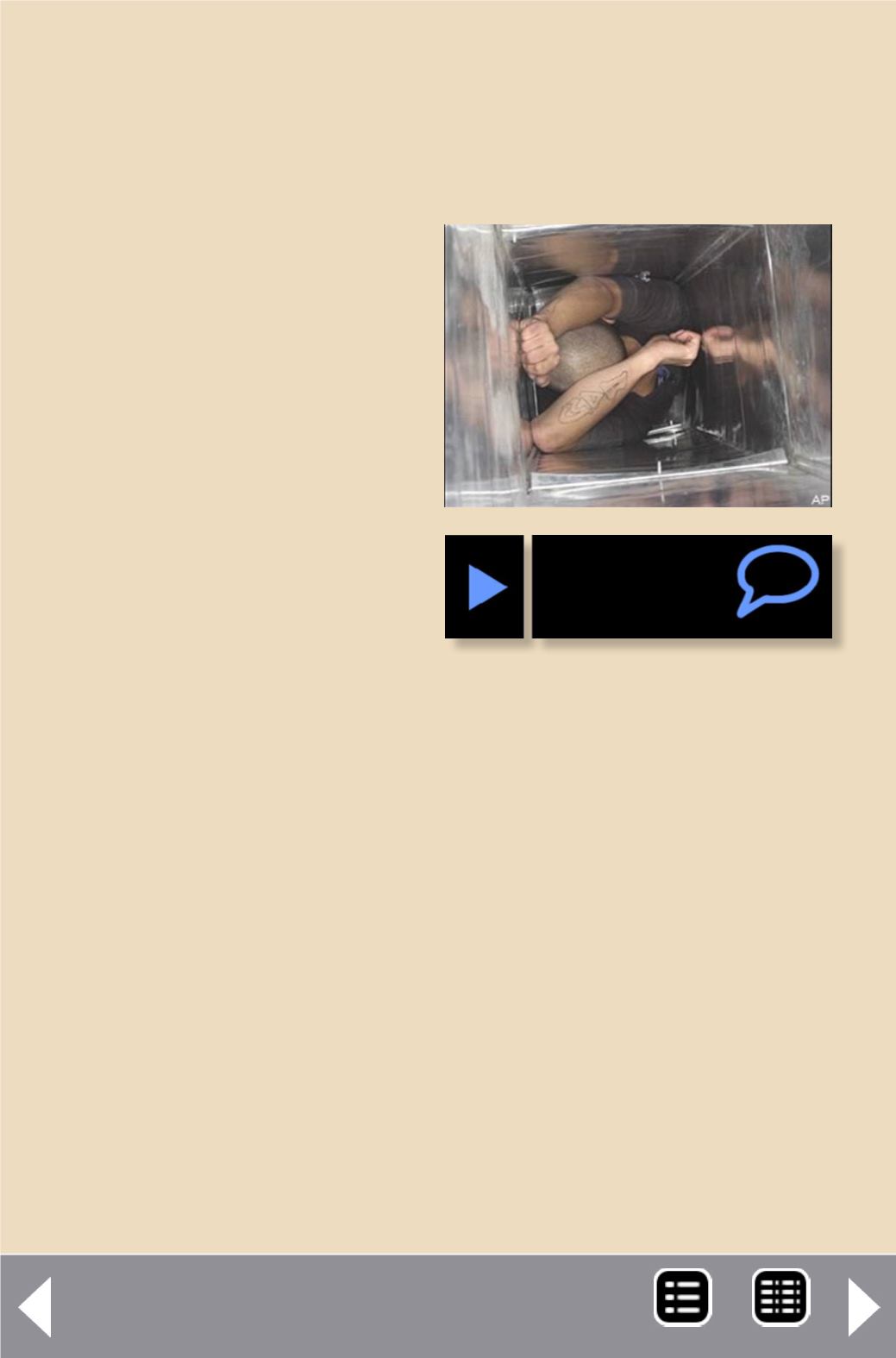
Reverse Running commentar
L
ook howmuch railroad I
got in here – 36” curves,
a 350-foot mainline, the
Mississippi River …
We all do it. Build the biggest
layout possible. Three penin-
sulas in the room instead of
two. 10 yard tracks instead
of eight. Four levels. A dozen
hidden staging tracks. Bigger
is better, so the biggest must
be best?
Nope. Bigger can become
a royal pain a couple of years down the line when thoughts turn
from construction to running trains.
We all know that a big layout can turn into a maintenance monster
when switch machines start to show their age and when those lit-
tle shortcuts in the undocumented wiring come back to haunt us.
We all know how inaccessible track makes cleaning track and rerail-
ing cars difficult.
This time, we are talking about the human factor. How easy is it
for operators to move around the railroad? Can you actually get a
good line of sight on those marvelous scenes you created? Can visi-
tors really see Fraulein Preiser showering in her third floor room at
the Empty Arms Hotel?
More importantly, on an operating layout, if there is a passing sid-
ing for opposing trains, is there a passing space in the aisle for the
Reverse Running: Designing the layout for the human factor
by Joe Brugger
Build a Smaller Layout
MRH-Sep 2013


